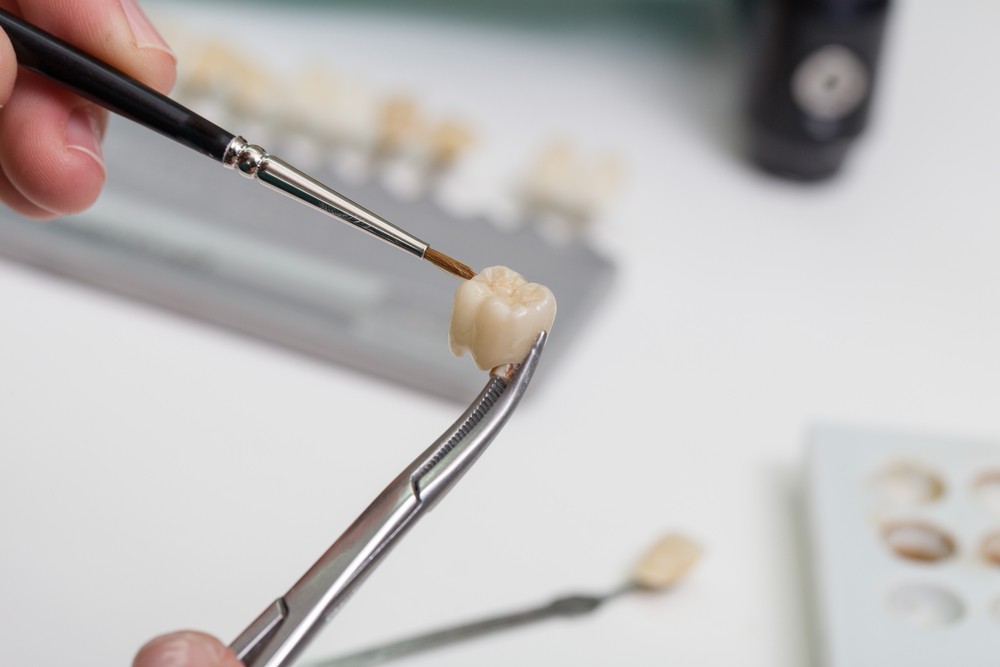Treating Enamel Hypoplasia
 There are many different disorders and defects of the teeth. One you may not have heard of is enamel hypoplasia. It’s a bit of a tongue twister, but basically it means that the tooth or teeth affected do not have fully developed enamel (in fact, the word hypoplasia means "underdeveloped"). Enamel hypoplasia is caused by cells called ameloblasts, which don’t properly form or incur damage during the tooth’s development. Enamel hypoplasia presents itself on the tooth as white or brown spots, or pitting in the tooth itself.
There are many different disorders and defects of the teeth. One you may not have heard of is enamel hypoplasia. It’s a bit of a tongue twister, but basically it means that the tooth or teeth affected do not have fully developed enamel (in fact, the word hypoplasia means "underdeveloped"). Enamel hypoplasia is caused by cells called ameloblasts, which don’t properly form or incur damage during the tooth’s development. Enamel hypoplasia presents itself on the tooth as white or brown spots, or pitting in the tooth itself.
Unfortunately, people with enamel hypoplasia often get cavities more easily and frequently on their affected tooth or teeth, so offering those teeth an extra layer of protection is vital.
Sealants
Sealants coat the tooth with a thin layer of plastic or other material that is hardened by a UV light. Sealants act as a casing to protect the tooth from plaque and bacteria that might otherwise cause cavities. Sealants are great for patients with enamel hypoplasia because they act as artificial enamel. However, because the tooth has no or very little enamel, sealants may not adhere to the tooth as well as they should.
Fillings
Fillings are another way to protect teeth with enamel hypoplasia, but the danger with creating a filling on weakened spots on the tooth is that each time you remove a tooth - healthy or not - you are weakening the tooth itself. You are also increasing the risk of a cavity forming around the filling, something that teeth with enamel hypoplasia don’t need any help with.
Crowns
Crowns are often the best option for treating enamel hypoplasia, because to install the crown you must remove any tooth that is not healthy - including the layer affected by the hypoplasia. The crown then covers the remaining tooth, acting as a barrier and providing protection to the healthy tooth and roots below.
As you can see, there are many options for treating a tooth affected by hypoplasia. If you or your child have enamel hypoplasia, speak to Dr. Lederman about your options by calling 516-882-1764.



